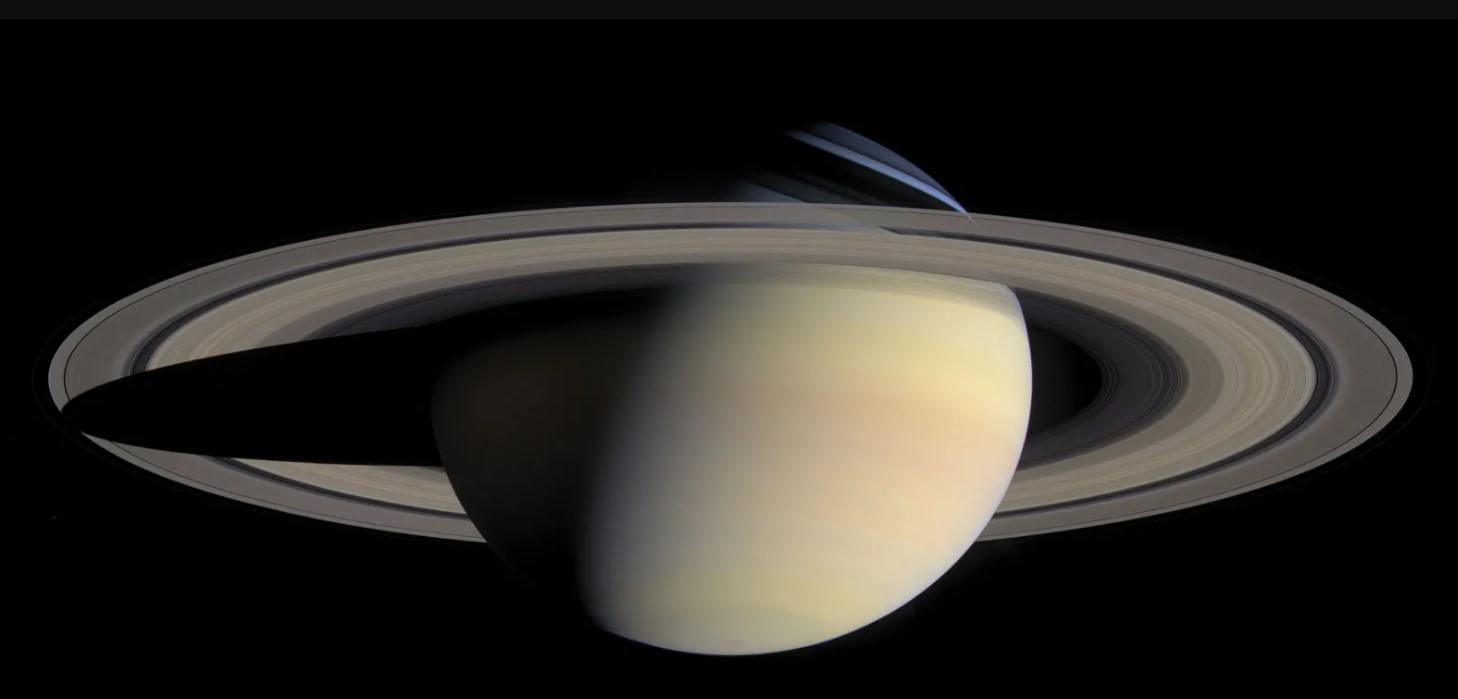How Could Saturn’s Moon Enceladus Support Similar Species to Our Planet?

One of the most fascinating recent developments related to Saturn’s moon Enceladus is the possibility that it hosts life forms similar to those found on Earth. Phosphorous is the only element known to have all of the necessary chemical components for life, which led to its discovery. How was that possible? That happened when ice particles generated by the natural satellite’s ocean plumes were spotted by the Cassini spacecraft from NASA. The full process, though, was harder than it seems.
Around one thousand samples were initially passed over by a team of researchers; only later on, a team of planetary scientists actually came across nine grains containing phosphate (phosphorous bonded to oxygen atoms) among those samples. The extremely low amount seen is indicative of how scarce phosphorus is. That’s very remarkable, don’t you think?

Here’s a thing about Enceladus that’s enticing. It contains a warm subterranean ocean that is over 30 miles deep, surrounding the whole moon. This ocean is located under the moon’s ice crust. However, NASA’s Cassini is able to investigate the chemical makeup of the ocean without having to immerse in the water or even come into contact with the surface of the moon. This is because the eruptions near the moon’s south pole spew frozen particles into space.
Morgan Cable, a scientist specializing in astrobiology at NASA’s Jet Propulsion Laboratory, stated:
Yes, Enceladus does have all of the ingredients that typical Earth life would need to live and the ocean there is habitable for life as we know it
When the Dragonfly mission sets off for Saturn’s moon Titan in 2027, NASA will have the opportunity to get further knowledge. And that would be followed by an additional mission that has been planned to arrive at Enceladus around the year 2050. Finally, the James Webb Space Telescope could be able to provide some further light on the chemical processes that take place in the heated underground ocean of Enceladus, so we should get more data soon.
Hello O-P !
The main difficulty with the proposal is the likelihood that the moon does not manifest plate-tectonics . Without this the abovementioned elements would become adsorbed by the microbial life and then sequestered into the seafloor sediment .
The vent-systems would use up the elements within them , then the microbes would use up whatever the vents had ejected , then the dead microbes would form compressed and inaccessible layers on the ocean’s bottom , and the waters would become sterile and lifeless , leaving at most stromatolites , if we were lucky .
D.H. 🤔